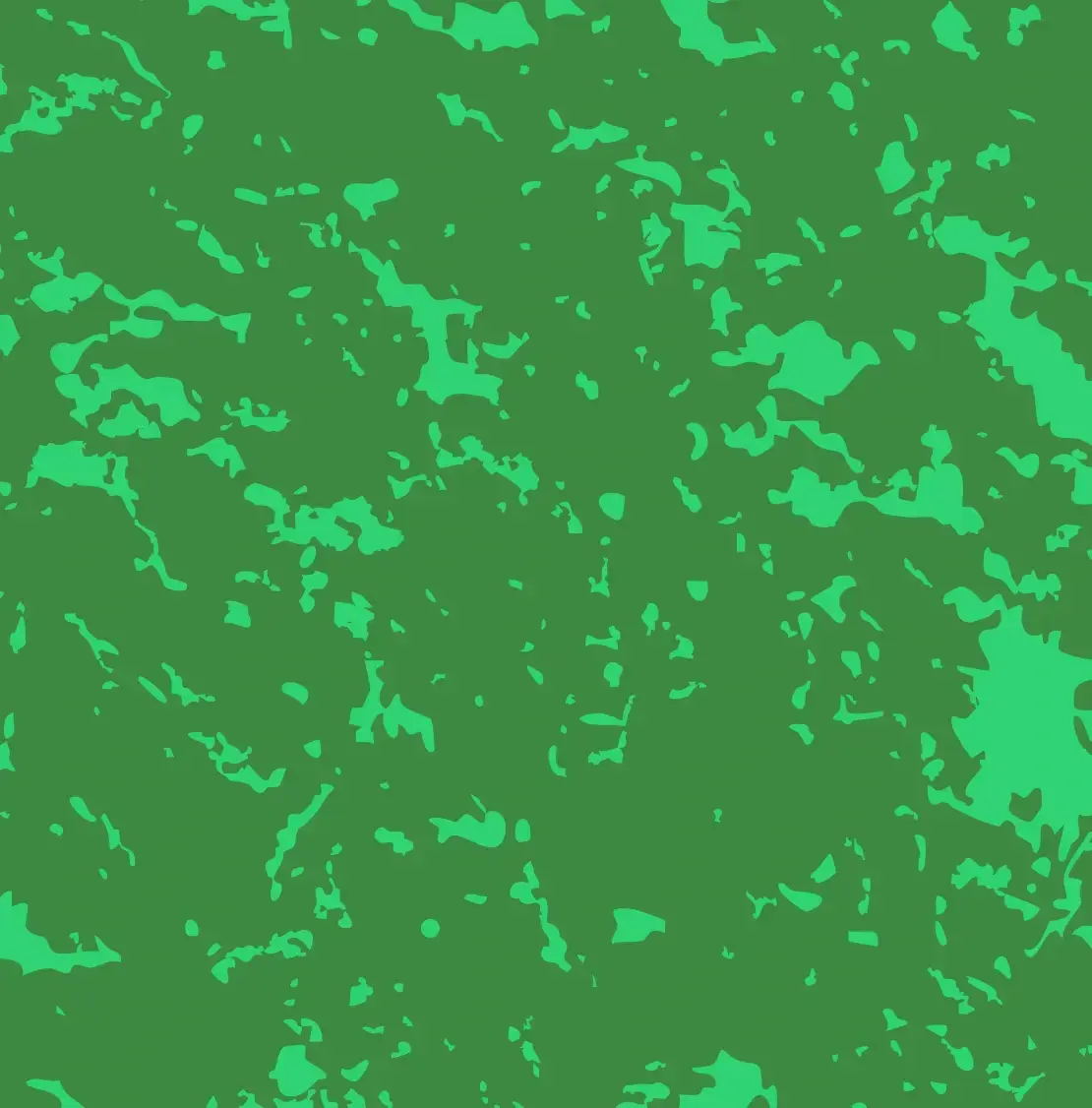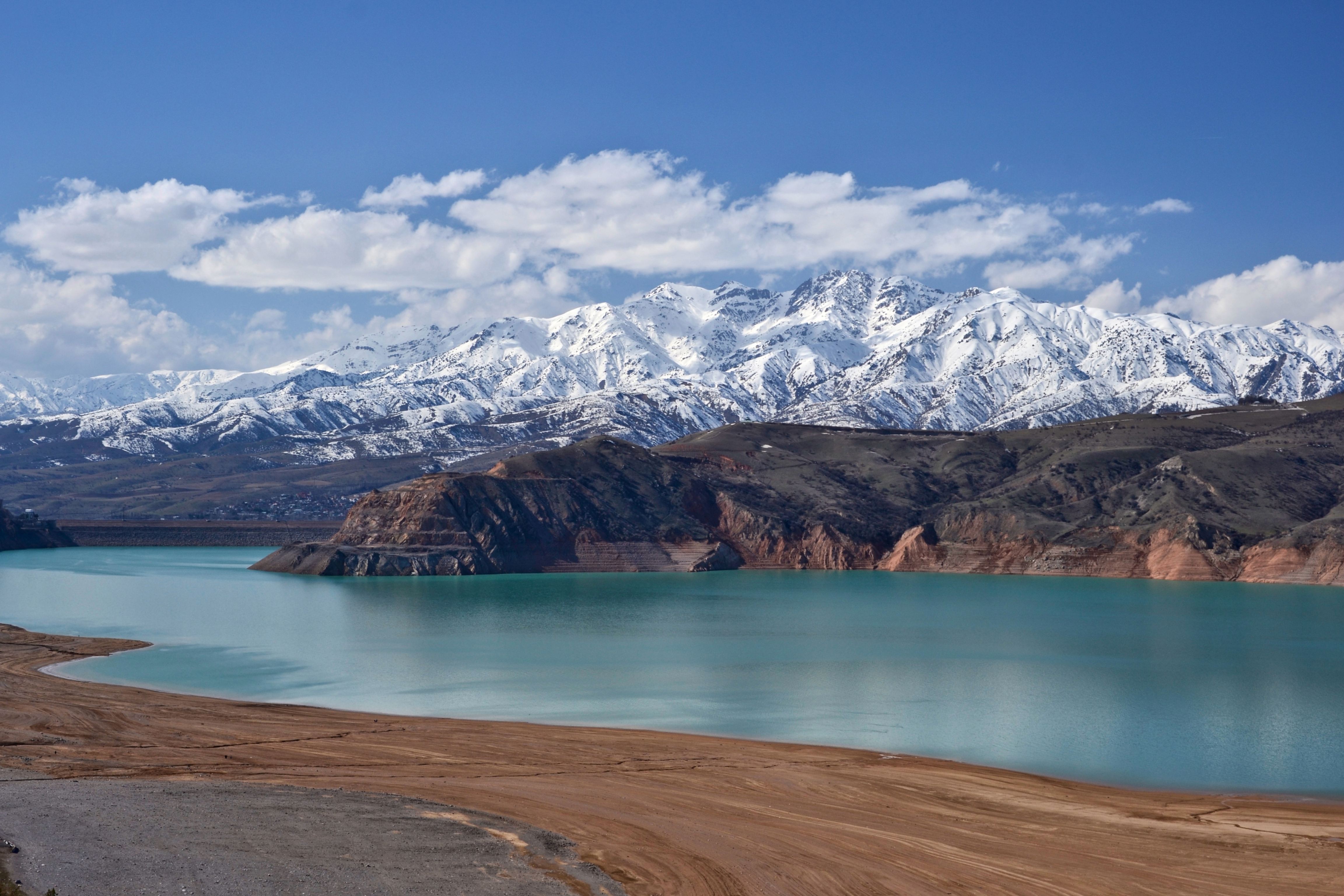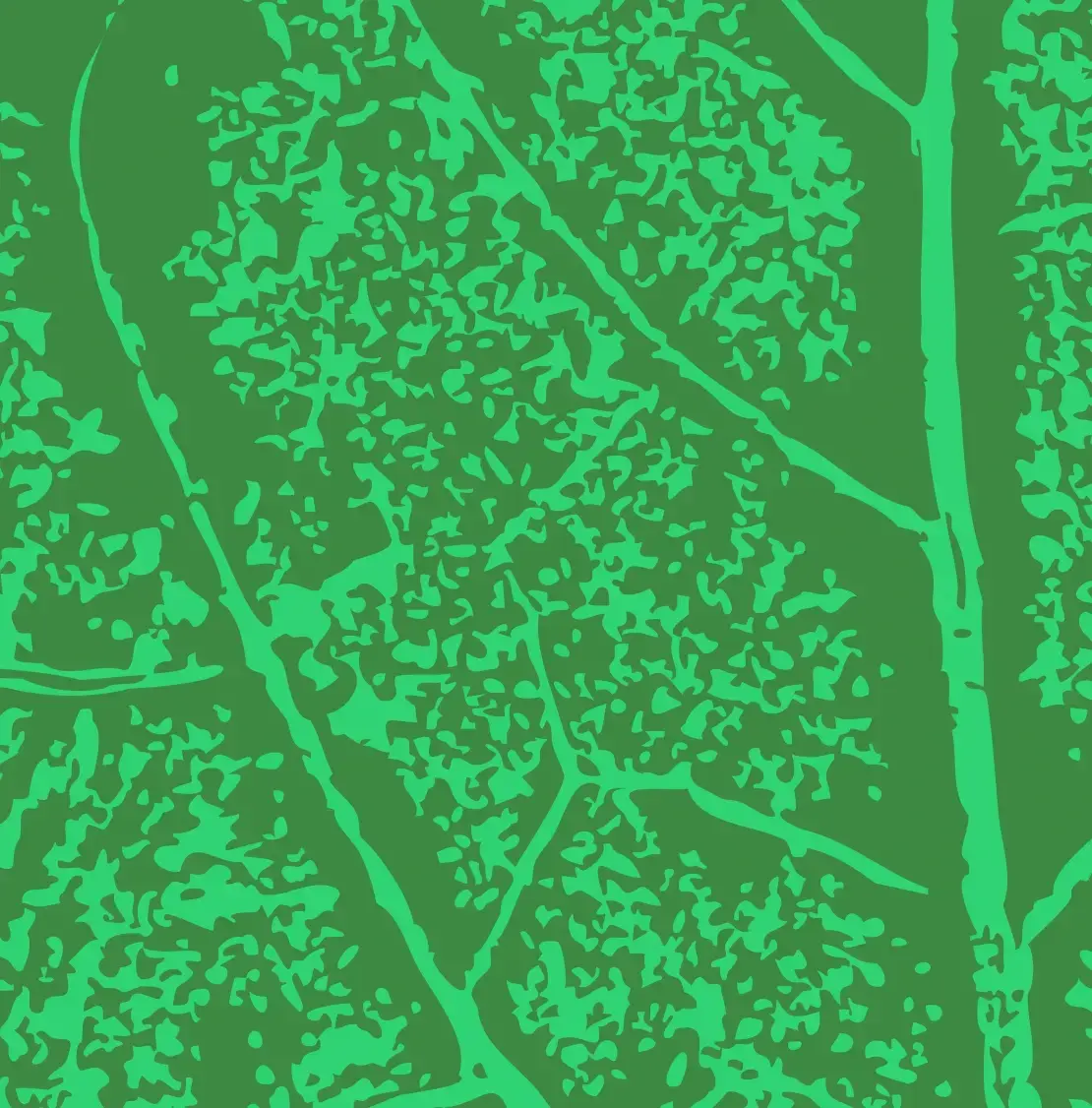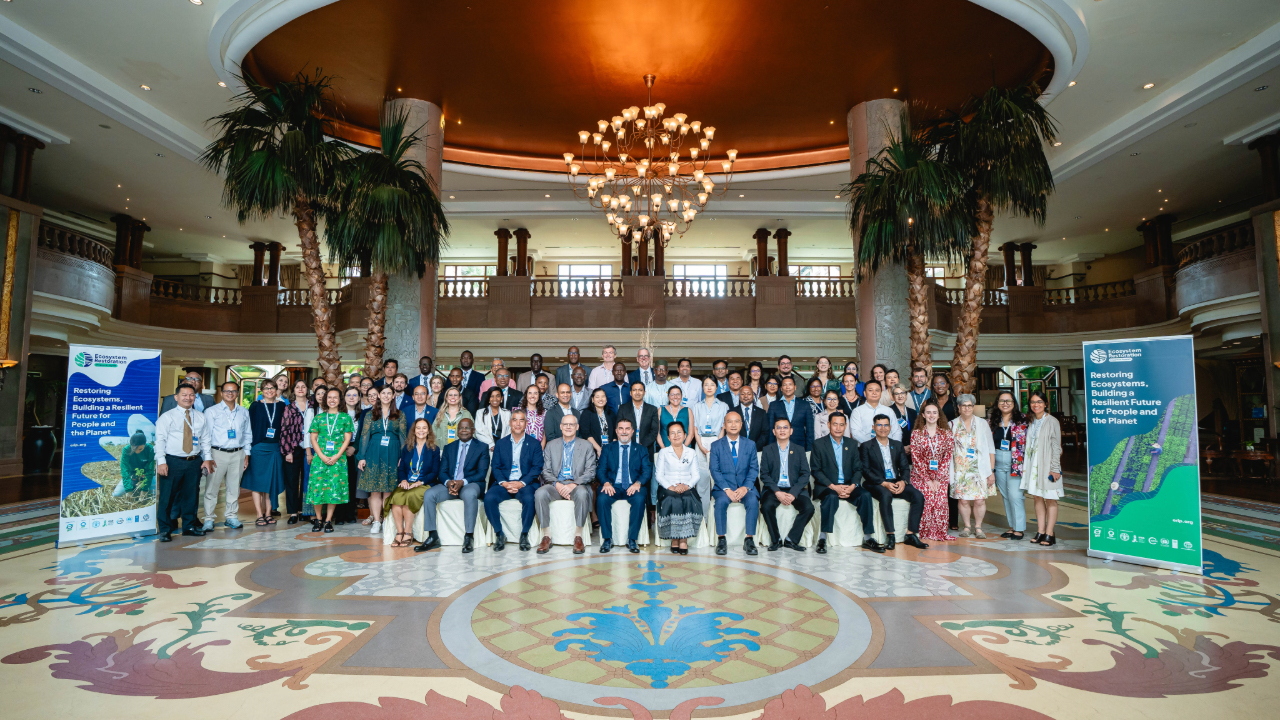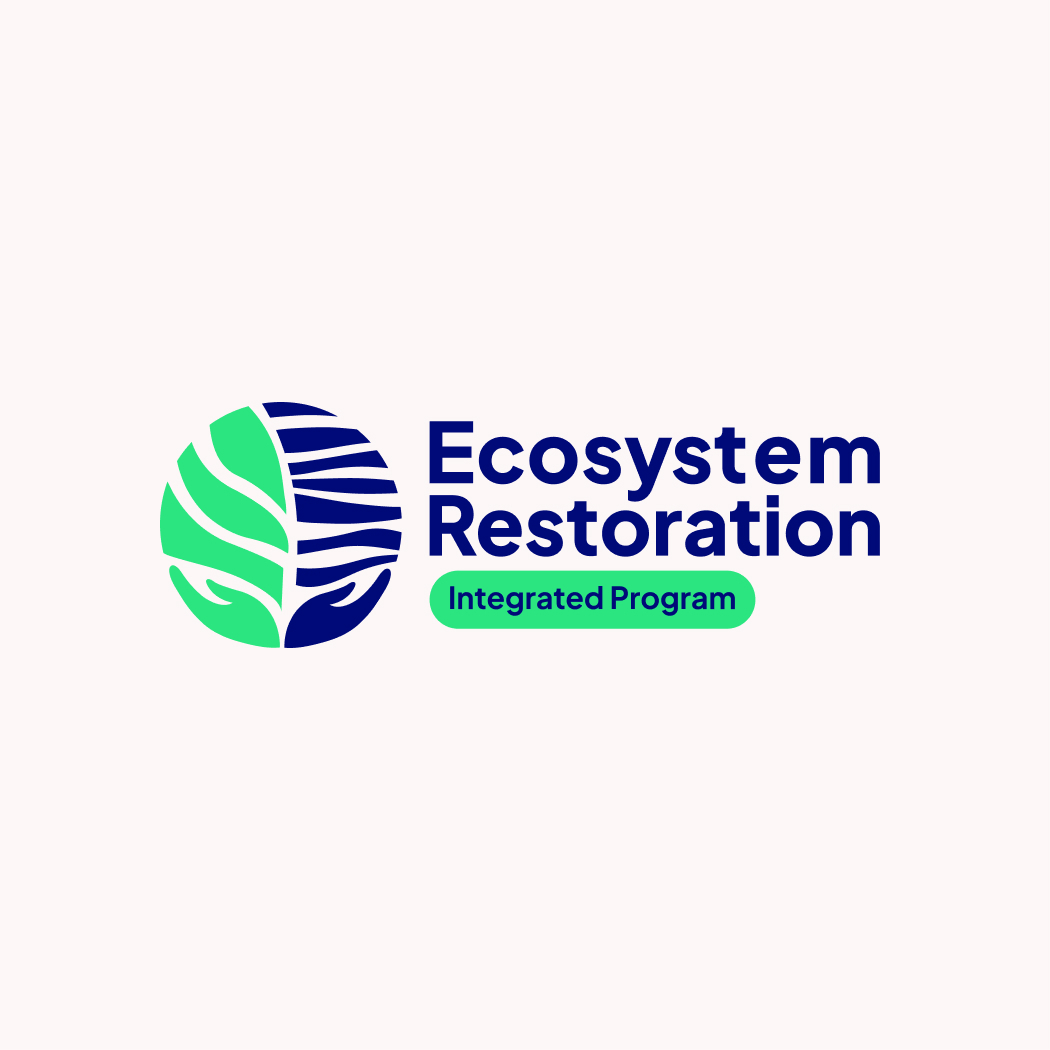Restoration Ambition
Uzbekistan is working to restore and sustainably manage critical ecosystems, aligning with national and global restoration goals to support biodiversity, strengthen livelihoods, and address climate change. The project will focus on enabling conditions by building cross-sectoral capacity, improving governance and coordination, and advancing integrated spatial planning. Restoration activities will include land and ecosystem rehabilitation, pasture management, and the restoration of forest management units and protected areas.
Financing will be mobilized through innovative mechanisms and private sector engagement. Knowledge sharing will be supported through capacity building, national and sub-regional workshops, and participation in regional and global platforms.
Photo credit: Adobe Stock 144642857
